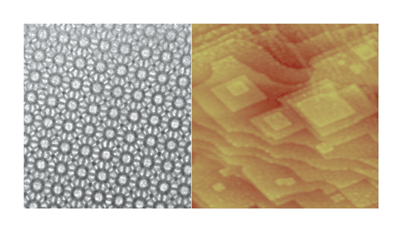Modern microscopy methods for the structural study of porous materials
Abstract
This article describes a number of important recent

* Corresponding authors
a
Centre for Microporous Materials, Department of Chemistry, UMIST, P.O. Box 88, Manchester, UK
E-mail:
m.anderson@umist.ac.uk
Fax: +44 161 200 4559
Tel: +44 161 200 4517
b
Stockholm University, 10691 Stockholm, Sweden
E-mail:
terasaki@struc.su.se
Fax: +46 8 16 31 18
Tel: +46 8 16 23 79
c BIO Nanotech Research Institute INC, 3-42-3 Nihonbashi hamacho, Cuo-Ku, Tokyo, Japan
d
Haldor Topsoe A/S, DK-2800 Lyngby, Denmark
E-mail:
abc@topsoe.dk
This article describes a number of important recent

 Please wait while we load your content...
Something went wrong. Try again?
Please wait while we load your content...
Something went wrong. Try again?
M. W. Anderson, T. Ohsuna, Y. Sakamoto, Z. Liu, A. Carlsson and O. Terasaki, Chem. Commun., 2004, 907 DOI: 10.1039/B313208K
To request permission to reproduce material from this article, please go to the Copyright Clearance Center request page.
If you are an author contributing to an RSC publication, you do not need to request permission provided correct acknowledgement is given.
If you are the author of this article, you do not need to request permission to reproduce figures and diagrams provided correct acknowledgement is given. If you want to reproduce the whole article in a third-party publication (excluding your thesis/dissertation for which permission is not required) please go to the Copyright Clearance Center request page.
Read more about how to correctly acknowledge RSC content.
 Fetching data from CrossRef.
Fetching data from CrossRef.
This may take some time to load.
Loading related content
